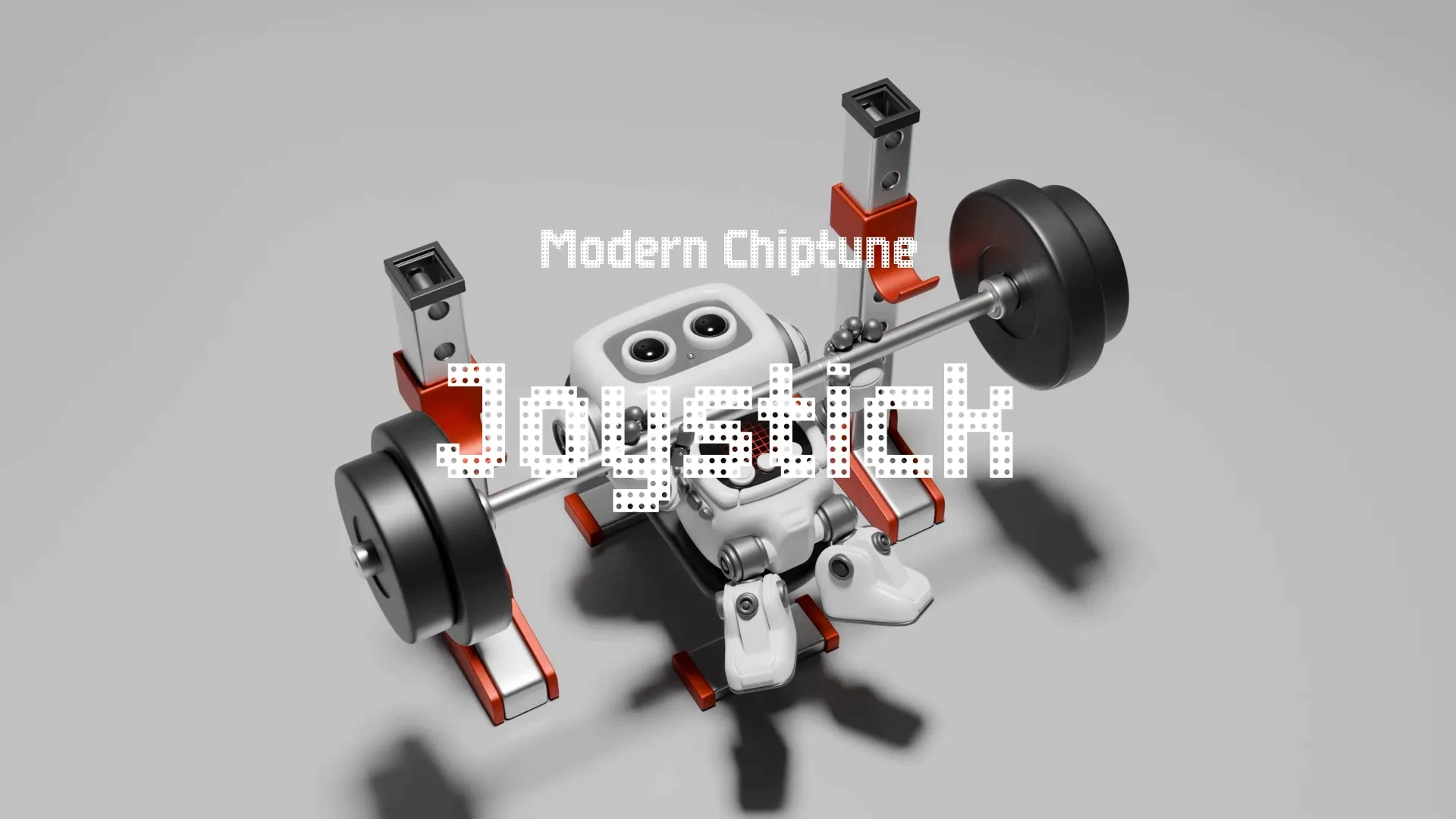AI in Game Narrative Design: Crafting Dynamic Stories and Player Experiences
Static narratives limit player agency and replayability in modern games. AI offers a powerful solution to evolve storytelling beyond predefined branching paths.
The Shift to Dynamic Storytelling
Traditional game narratives often follow a fixed structure, offering limited variation. Players experience the same story beats, regardless of their choices or playstyle.
AI enables narratives to adapt and respond to player input in real-time, creating unique experiences for each playthrough. This paradigm shift moves storytelling from linear consumption to dynamic co-creation.
Core Applications of AI in Narrative Design
Procedural Narrative Generation
AI can generate plot points, quests, and lore dynamically, expanding the scope of your game world. This method ensures fresh content and unexpected story developments, preventing repetition.
Developers can define narrative frameworks and allow AI to populate the details, reducing manual effort while maintaining thematic consistency. Think of it as a creative partner that never runs out of ideas.
Adaptive Dialogue Systems
Dialogue is a cornerstone of narrative, and AI can make it significantly more responsive. AI-driven systems can analyze player actions and previous conversations to generate contextually appropriate responses.
This leads to more believable characters and deeper immersion, as players feel truly heard within the game world. Characters can remember past interactions, influencing future dialogue and relationships.
Dynamic Character Arcs
AI can simulate complex character personalities and motivations, allowing their arcs to evolve based on player interaction and in-game events. Characters are no longer static archetypes but living entities with their own agency.
This creates a richer emotional connection for the player, as they witness characters grow and change in response to their influence. Unpredictable character development can lead to memorable narrative moments.
Implementing AI in Your Narrative Workflow
Start with Clear Narrative Goals
Before integrating AI, define the core themes, character types, and narrative constraints for your game. AI works best when given a clear framework within which to operate, guiding its creative output.
Wayline’s Copilot can assist in outlining these foundational elements, offering AI-powered guidance for your game design from the outset. This ensures your AI-generated narratives align with your overall vision.
Leverage Existing AI Tools and Libraries
Building AI from scratch is resource-intensive; instead, explore natural language processing (NLP) libraries and machine learning frameworks. Tools like GPT models, even in their more accessible forms, can be fine-tuned for narrative tasks.
Focus on how these tools can augment your existing narrative design process, rather than replacing it entirely. Start with smaller, contained narrative experiments to understand their capabilities.
Create a free account, or log in.
Gain access to free articles, game development tools, and game assets.























